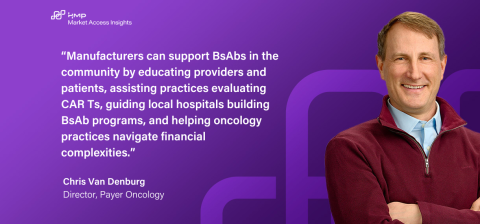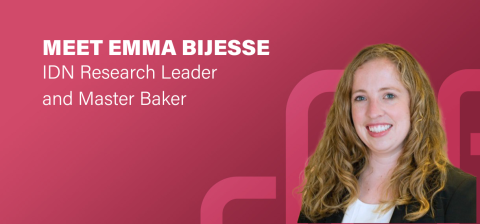

Article
CONFLICTED: Payer Pathways vs Their Own Coverage Policies
May 19, 2023Authors
Topics
Welcome to the May 2023 edition of our Monthly Insight Series. This month we are examining how Payers’ oncology pathways sometimes conflict with their own coverage policies, and how they can differ but still be aligned from a Payer perspective.

In 2022, half of our Payer survey participants said they use oncology pathways that restrict physician choice to 1-3 options with the intent to control costs and quality. Most of these Payers (67%) acknowledge that conflicts can (and do) exist between their pathways and their own coverage policies. An example of this is when a coverage policy restricts a patient from receiving a therapy that is “on pathway.”

Through numerous interviews, we’ve learned that pathway-policy “conflicts” are typically unintentional, and that Payers try to resolve them quickly.
It’s important to note, however, that our participating plans do not view pathways that simply restrict choice more than their associated drug coverage policies as conflicts:
- Payers view these policies and pathways as “aligned.”
- A Payer may attempt to circumvent Medicare coverage mandates through establishing a favorable coverage policy and then restrict choice of a brand through its pathway program.
- Payers may seek to enforce their pathways through the prior authorization process, denying an off-pathway selection and forcing either a changed prescription or a “peer-to-peer” discussion before potentially ultimately approving.
So then, we must also ask the questions: What is Payers’ real intent and what is the utility of payer pathways? Are they more analogous to speed limit signs, speed bumps, or traffic lights? HMP Market Access Insights plans to uncover this and much more later this year in our Payer report and in greater depth in our new pathway research program.
Have some “burning bridge” access questions of your own? Let us know!
All the best . . .
—HMP Market Access Insights Team: Chris, Cindy, Lee, Nandini, and Taylor
The Latest
Article
Meet Ashu: Organizer & Researcher Extraordinaire; Artist at Heart
Ashu is the glue that keeps our team organized and running smoothly. This year, he’s been particularly fascinated by the growing consolidation among community practices and how it’s reshaping the oncology landscape.
Ashutosh ShethArticle
Beyond AMCs: CAR Ts and Bispecifics in Community Oncology
CAR T-cell and BsAb therapies are powerful but largely confined to AMCs, limiting patient access. Our latest report explores how expanding to community oncology could improve access, addressing key clinical, logistical, and financial challenges.
Chris Van DenburgArticle
Meet Emma: Research Leader and Master Baker
Not only does Emma have over a decade of experience supporting academic health systems and integrated delivery networks (IDNs), but she’s also the go-to for a delicious apple pie.
Emma Bijesse





